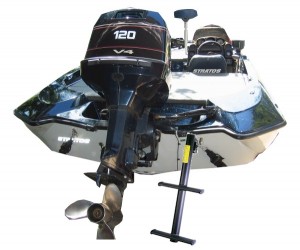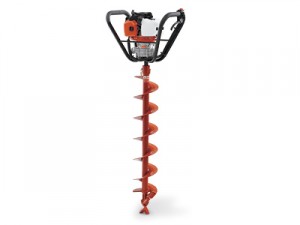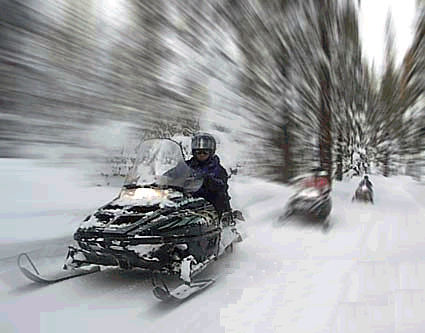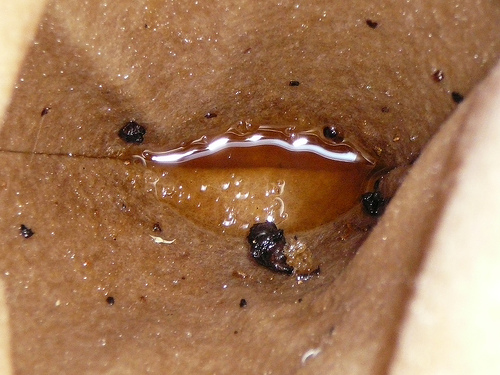Attaching an Outboard to Your Boat

For the better part of the last week, we’ve been focusing on ways boaters can save money without reducing the precious time they get to spend cruising inland lakes, rivers and larger bodies of water. One of the best ways to cut costs is to find a solid, reliable outboard engine on the used market. After you’ve evaluated its structural integrity – and ensured that it’s suitable for use with TC-W3 2 stroke oil – it’s time to install the motor.
Consult the capacity plate on your boat to find out how much engine power the craft can handle. The shaft length of the engine should also match up with the boat’s transom height. Now it’s time to mount the outboard on the center of the transom; if it’s off-balance, you’ll encounter significant steering problems. Position the propeller so that it’s neither too low nor too high. If the propeller shaft juts too far out of the water, it will start to ventilate and wobble.
Beyond simply attaching an outboard motor to the transom, you’ll have to deal with wiring and instrumentation issues. Every marine engine features unique wiring quirks, and you may want to hire a professional for this part of the job. As far as instrumentation goes, you’ll need to choose between analog and digital. Analog relies on many independent wires to run each gauge while digital functions through the boat’s computer.






 Boat owners who regularly use small crafts might wonder why 2-stroke oil additives matter so much. In truth, the additives found in a fuel-oil mix are just as important as the quality of the oil itself. The chief goal of any outboard motor oil is to lubricate the engine and keep it running smoothly. That would not be possible without additives such as ashless detergents.
Boat owners who regularly use small crafts might wonder why 2-stroke oil additives matter so much. In truth, the additives found in a fuel-oil mix are just as important as the quality of the oil itself. The chief goal of any outboard motor oil is to lubricate the engine and keep it running smoothly. That would not be possible without additives such as ashless detergents. Many people experience the thrill of the open road every day without even pulling out onto a public street. Kart racing is a fun and affordable alternative to pricier motorsports that require an enormous financial investment. Some hobbyists revel in the chance to make physical alterations to their karts’ chassis, and others prefer to take a ready-made kart out for a spin.
Many people experience the thrill of the open road every day without even pulling out onto a public street. Kart racing is a fun and affordable alternative to pricier motorsports that require an enormous financial investment. Some hobbyists revel in the chance to make physical alterations to their karts’ chassis, and others prefer to take a ready-made kart out for a spin.